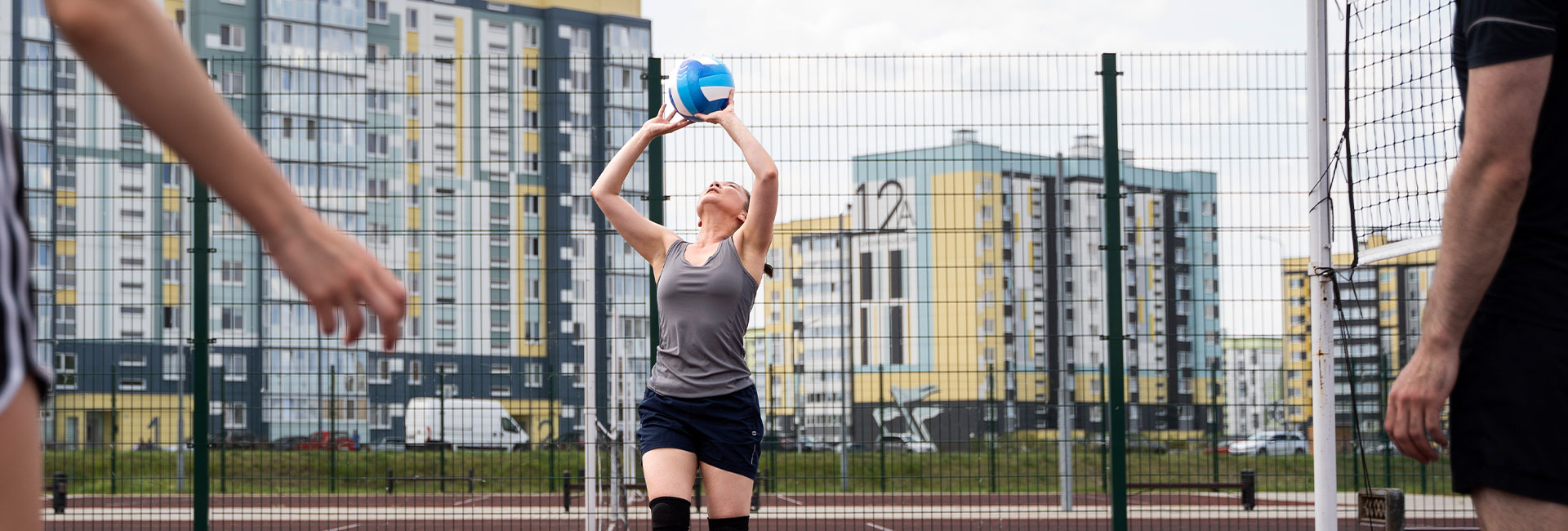It is easy to take the use of our shoulders for granted, and we may not realize how much we depend on them throughout the day for nearly all our tasks. That is, until something happens, and we suddenly find ourselves in pain and unable to do even the simplest things.
The insidious onset of pain that slowly sneaks up on you and starts with something like reaching to the top shelf in the kitchen, reaching up to brush your hair, or reaching into the backseat of the car can, a lot of times, be relieved with just a little work. The shoulder, however, is a complicated quadrant in our bodies with several potentially injured parts. The complexity of shoulder pain can be assessed by a physical therapist, who can do a thorough evaluation in order to determine the root cause of your pain.
A common cause of shoulder pain.
The cause of shoulder pain from lifting or reaching overhead is likely multifactorial. However, one common reason our shoulders can begin to trouble us is simply due to how we sit, stand and sleep. We typically need to improve our posture. When we slouch, our shoulder blades tip down, and the upper trapezius and nerves in the neck get tight and irritated. We can also impinge or pinch the rotator cuff tendon and bursa when our arms are forward and elevated such as when resting on tall desks or chair armrests. Leaning on the elbow drives the humerus bone up, pinching the bursa and stressing the labrum. Our posture while we sleep is important too. Sleeping with one or both arms overhead decreases the blood supply to the rotator cuff tissues.
How to treat shoulder pain at home.
Stretches for shoulder pain.
If you have lost range of motion because of pain in the shoulder leading to disuse, you will need to restore joint space in the socket. This can be done safely through passive stretching during which the muscles are relaxed and you use a wall, stick or the opposite hand to support the injured shoulder.
You can stretch several directions in a doorway. Stand in the middle and place the hands on each side of the doorframe, beginning at 45 degrees, then 90 degrees and finally 120 degrees. This is an easy way to stretch the shoulder joint and pectoralis muscles.
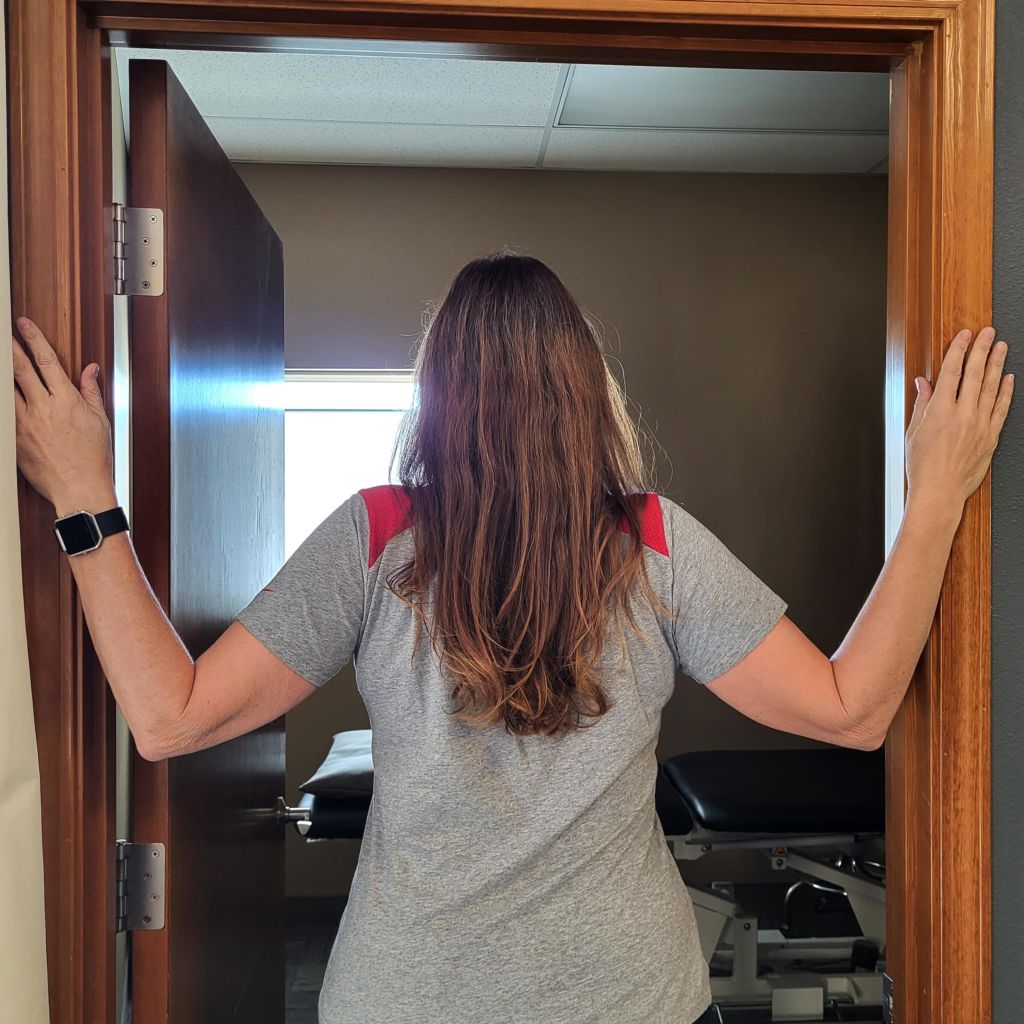
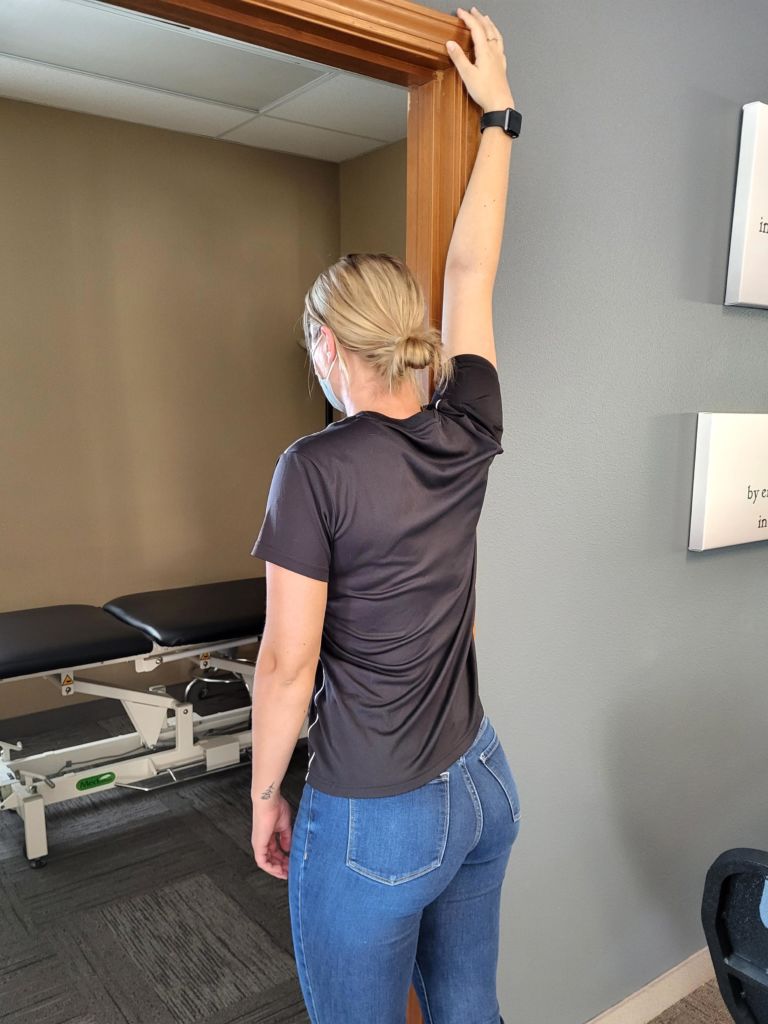
Next, stand to one side of the doorway with the injured arm just inside the door frame. Reach up the door frame overhead to stretch into flexion.
Lastly, you can stretch the back of the shoulder by slipping your hand, palm out, into the small of your back. Depending on how sensitive the tissues are, you can hold these stretches for 10-60 seconds. You want to feel a stretch sensation and move into the tender endpoint but don’t push through if it’s painful.
Strength training for shoulder pain.
While regular stretching can help alleviate shoulder pain relatively quickly, it’s important to restore the strength and coordination of the rotator cuff muscles as well as the scapular muscles so they work together when you lift or reach. Focusing on strength and coordination is the optimal way to avoid reinjury or continued, nagging pain.
Resistance band for shoulder strengthening.
First, begin with your back toward the door and your arm at your side. Pull your arm forward and up in front of you, keeping your elbow straight. Gently return to starting position and repeat. Next, face toward the door and step back until the resistance band is about waist level in front of you. Pull your arm down and back beside you as far as possible. Gently return to starting position and repeat.
For internal and external shoulder rotation, stand perpendicular to the door. With your injured shoulder toward the door, grasp the resistance band while keeping your elbow bent and at your side. Rotate the arm inward across your body keeping your forearm parallel to the floor. Next, with the injured arm away from the door, hold the resistance band in the same manner, this time rotating outward and away from your body.
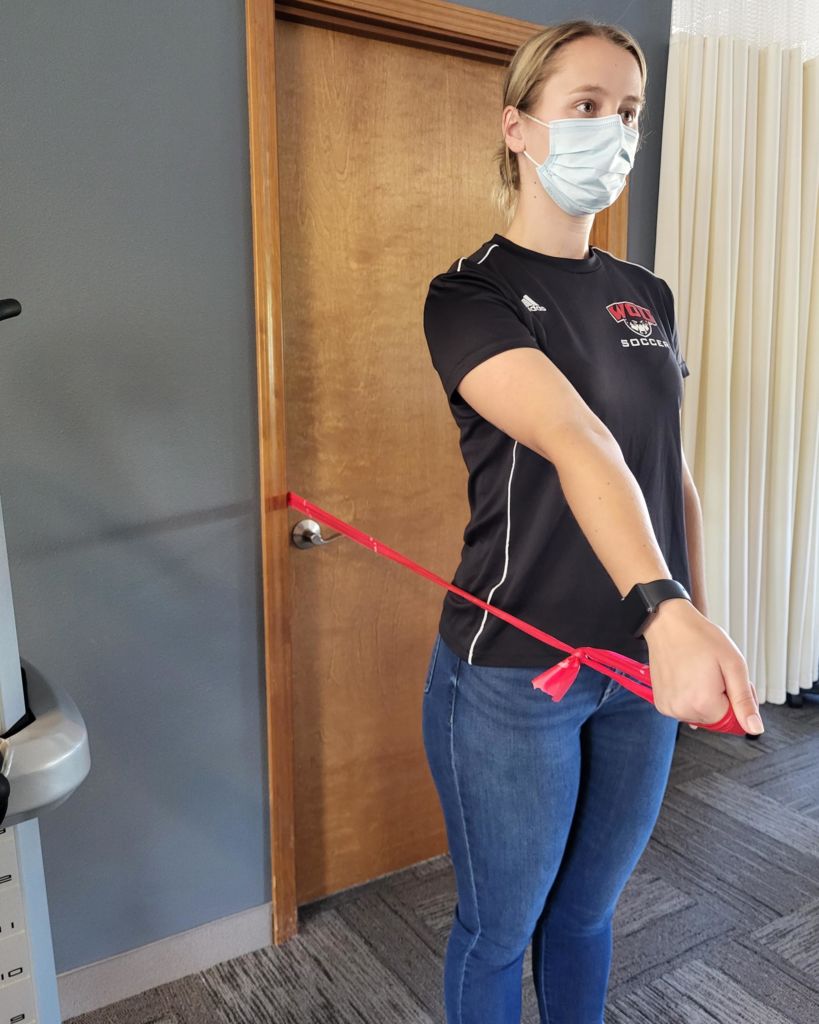
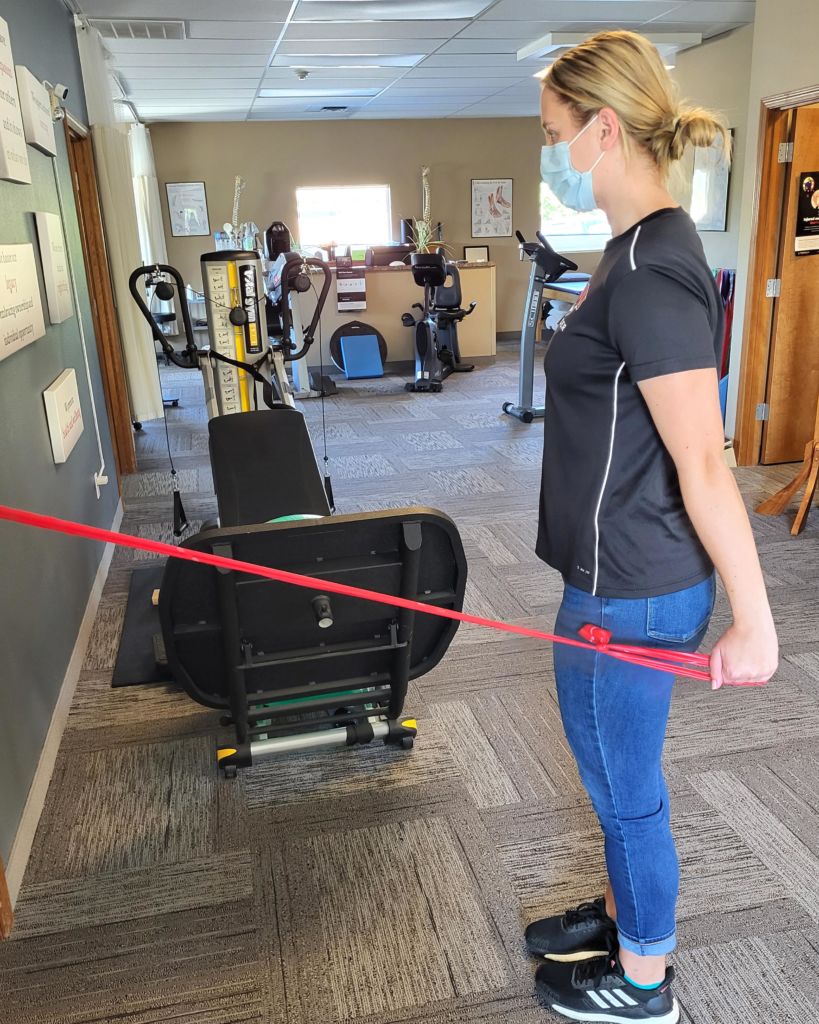
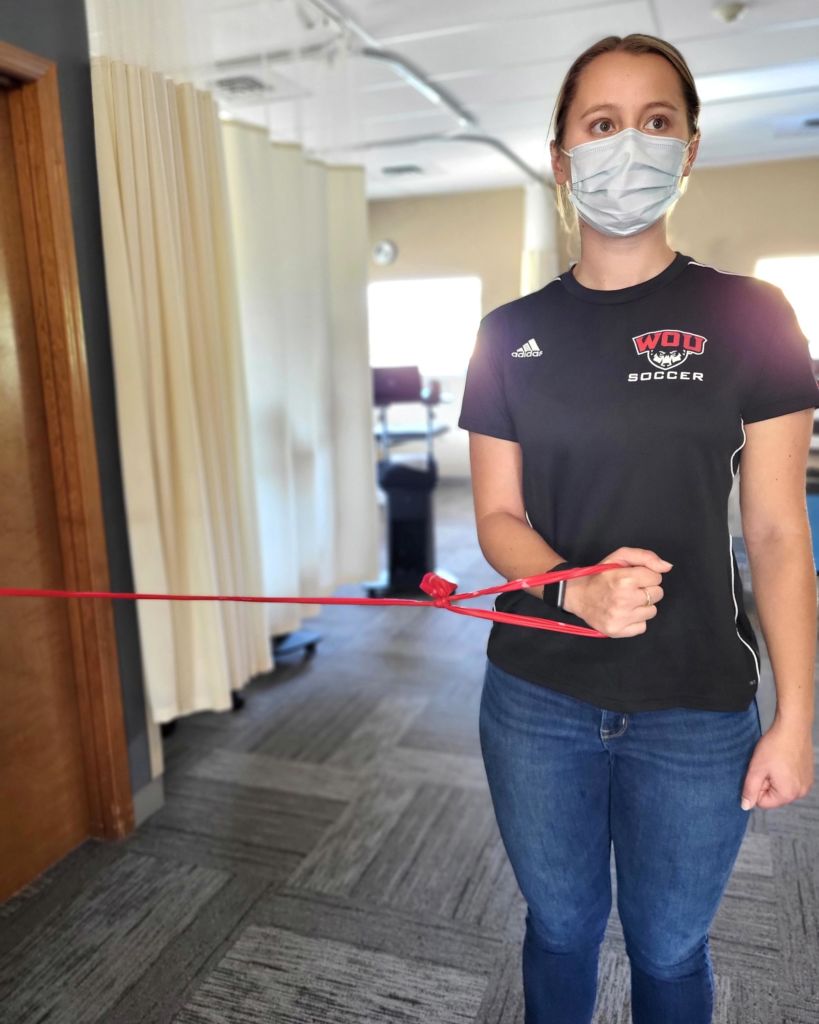
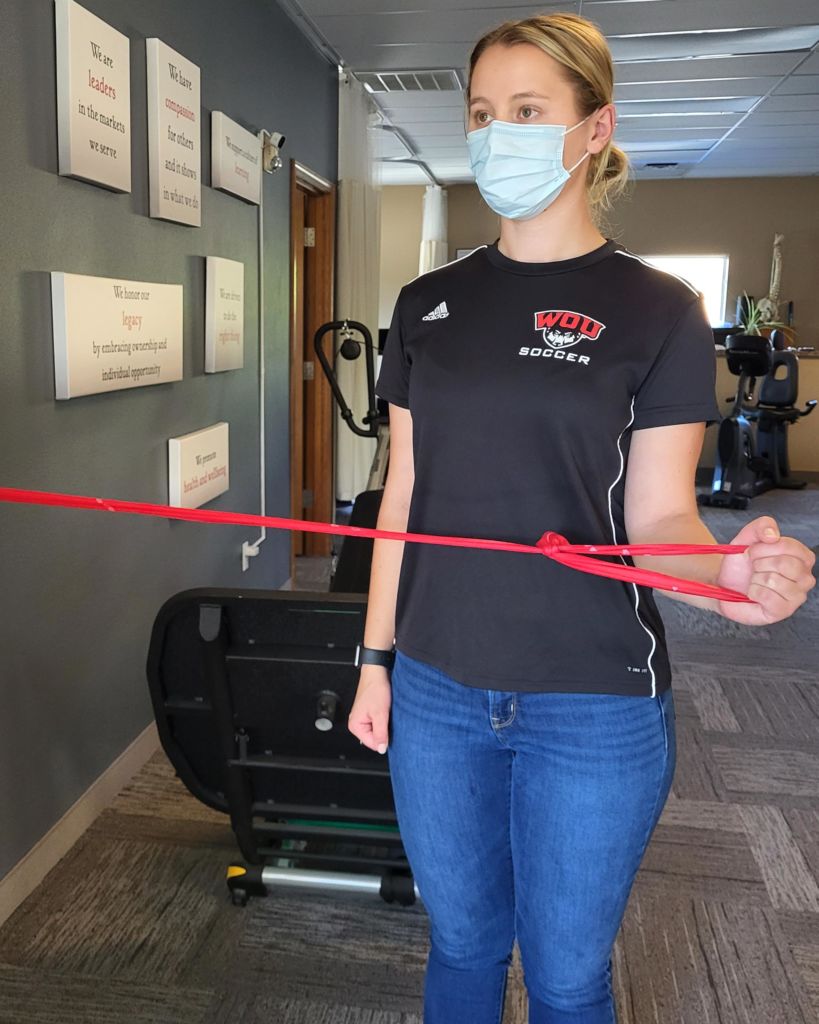
Scapular strength and shoulder stabilization exercises.
The basic scapular muscles that enable us to reach overhead are the middle trapezius, lower trapezius and serratus anterior. By laying on your stomach on an elevated surface, you can engage these muscles by reaching the arms overhead in a “V” shape with the palms facing together. From there, pull the arms back toward each other as if trying to pinch a pencil between the shoulder blades. This can also be performed one arm at a time.
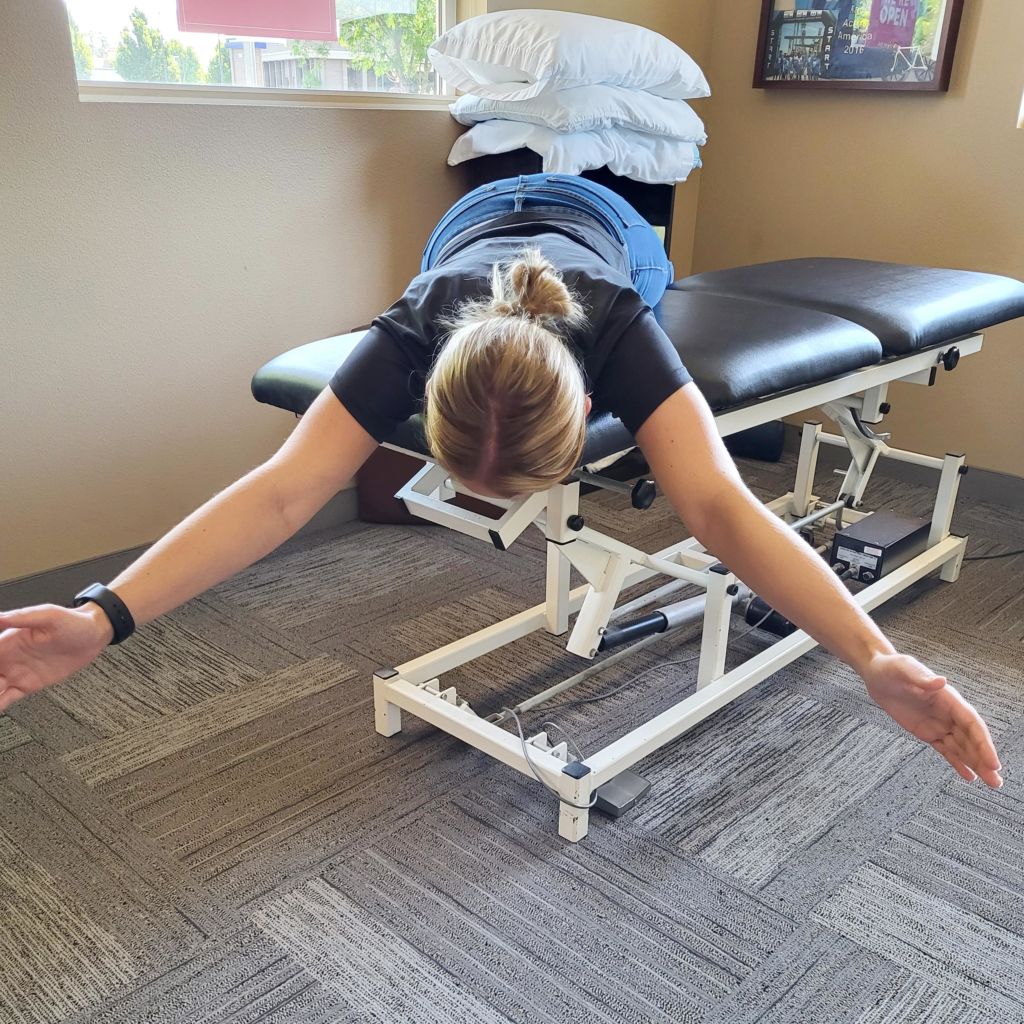
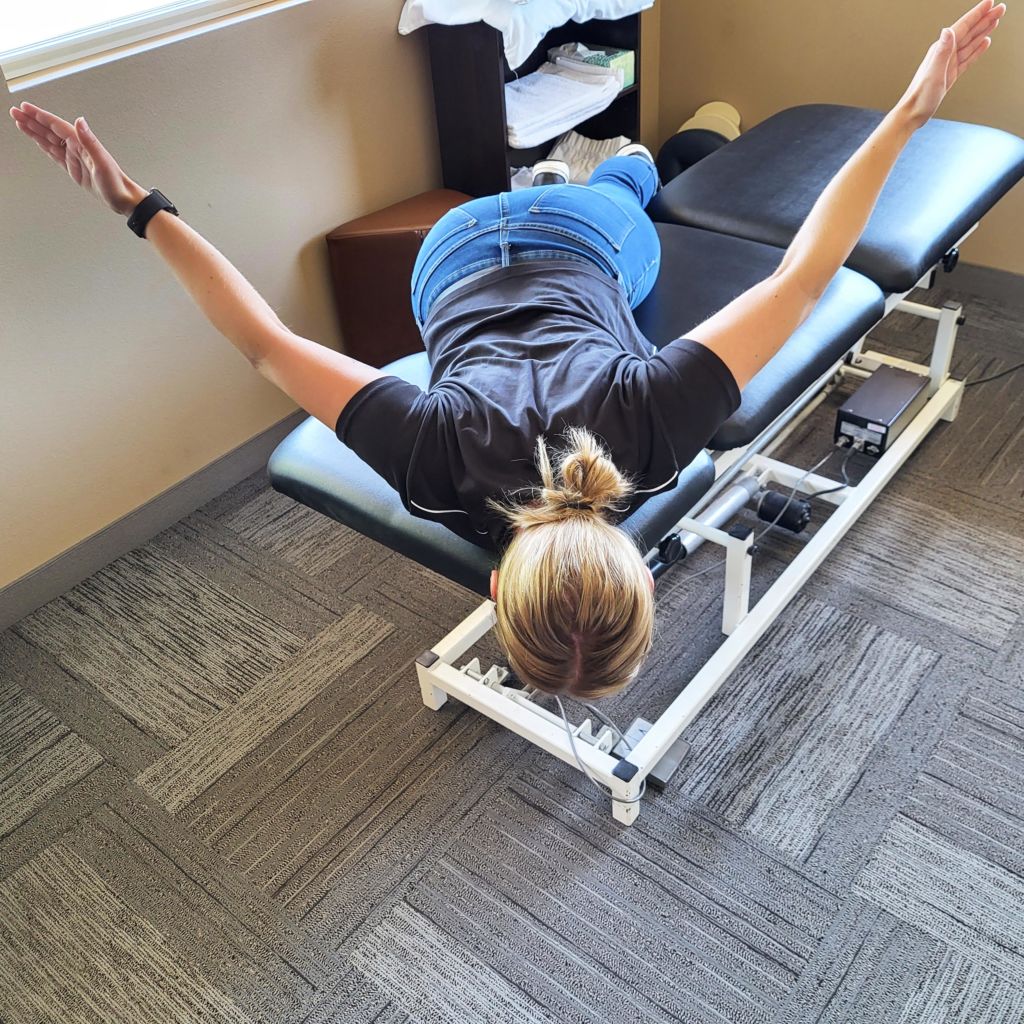
Another simple exercise for this muscle group is a basic chest press. Lie on your back and slowly, with control, press your arms toward the ceiling and lower again. Light weights can be added for resistance.
Just like you would retrain your balance after an ankle sprain, you can coordinate all the muscles of your shoulder girdle by doing proprioception exercises on your hands. Exercises range from balancing a ball against a wall to balancing in a bird-dog position to holding a plank or doing push-ups. Each of these involves pressing the hand against a surface while keeping the shoulder stable.
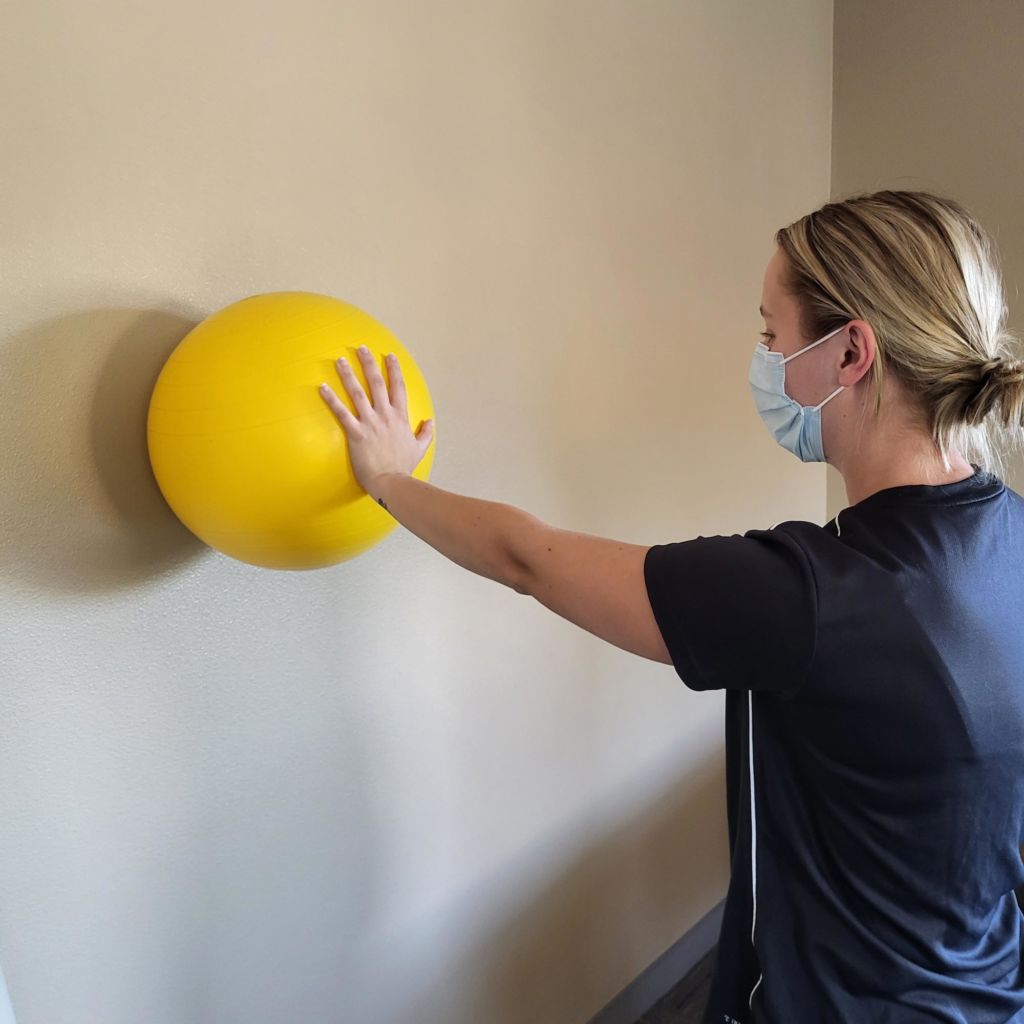
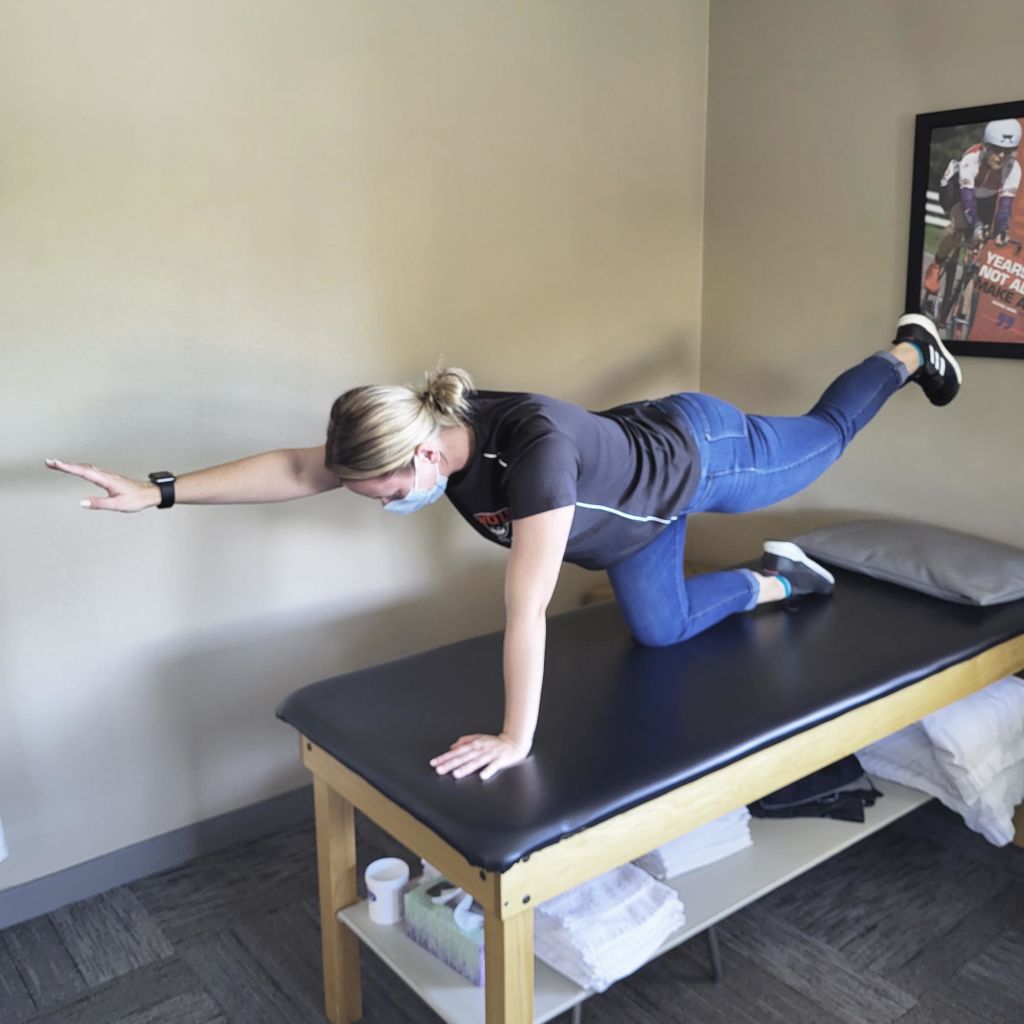
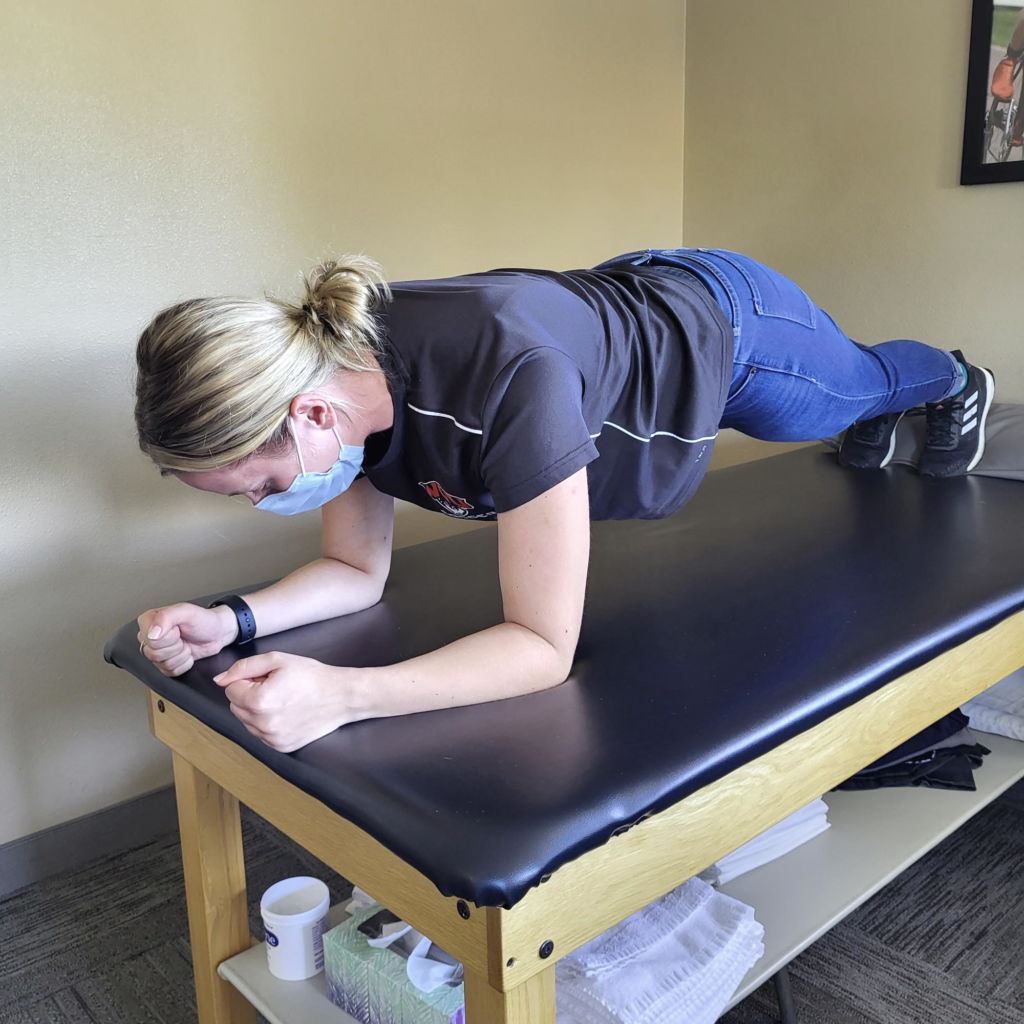
Whether you have an upcoming volleyball match with friends and family where you’d like to show off your spiking skills or you simply want to be able to reach the stack of sweatshirts in the top of your closet without facing debilitating shoulder pain, add these shoulder stretches and strengthening exercises to your routine. Stretching can be done daily and strengthening can be done 2-3 times per week. While your strength can take 10-12 weeks to truly build, most people typically see some improvements in just a few weeks. If the pain persists or worsens, don’t wait. Schedule an appointment with your local physical therapist to evaluate your condition and work with you to create a customized program designed to get you back to living pain-free and doing all the things you love.
Start your journey to pain-free living today.
Our experts are committed to providing effective, efficient, and compassionate care to help you live a pain-free, active life. Our passion is to help every patient reach their goals on their journey to recovery and optimal performance.


